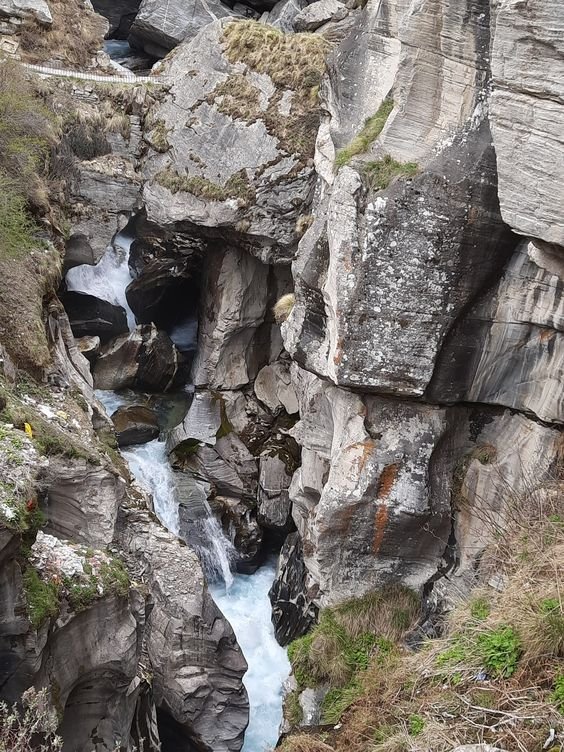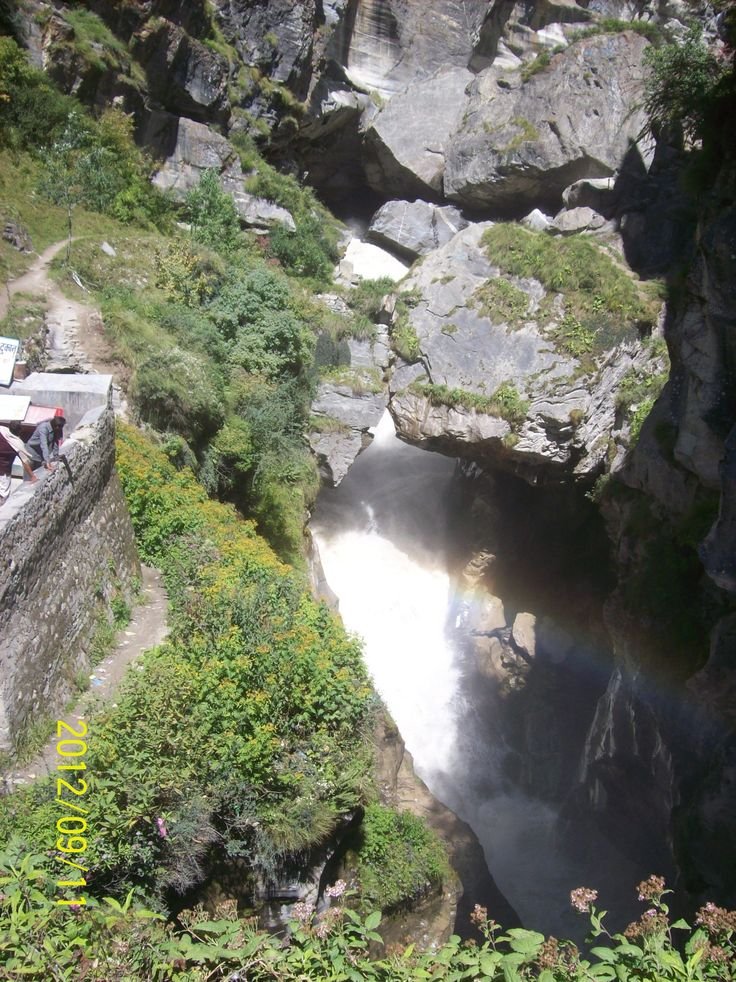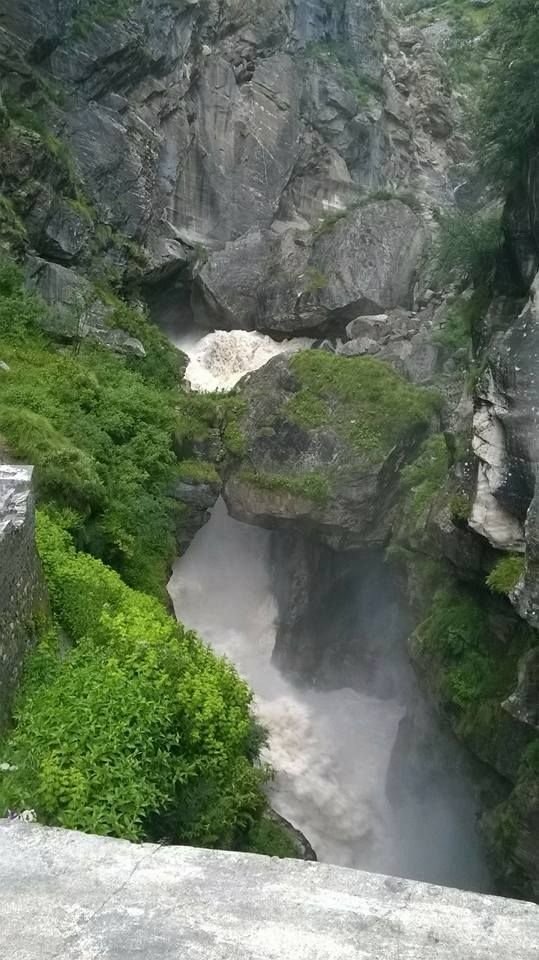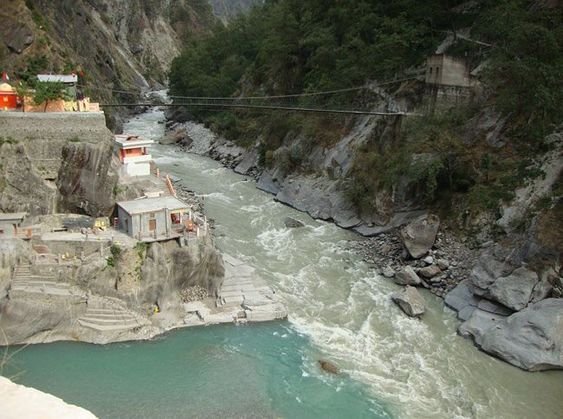The Sacred Saraswati: The Lost River of India

The Saraswati River is one of the most important and sacred features in Indian mythology, history, and culture. It has always been written as a mighty river of the Vedic period. Though it’s no longer there in its physical form, ancient scriptures talk of it as a vital channel that flowed between civilizations. Saraswati has significance not only as the goddess of knowledge and wisdom but also as the physical river itself, carrying the role into several realms of the spiritual and the cultural world.

It is a subject of immense interest for archaeologists, geologists, as well as historians who have been seeking lost Saraswati for centuries. Several theories have cropped up, holding it responsible for its disappearance due to climate change or tectonic changes and so on. The search for the river is only an attempt at giving vitality to reviving its legacy that has profoundly influenced Indian culture.
Origin of Saraswati
Saraswati is believed to have had origins from the Himalayas’ glacial sources. The course indicated the earlier references had stated that it passed by Haryana, Rajasthan, and Gujarat before finally ending in the sea. Ancient texts among them are the Rigveda, which described Saraswati as a great perennial river that nourished the fertile plains and supported the growth of the Indus Valley Civilization. It has been said that other interpretations place the origin at Mansarovar Lake, flowing southwards across the plains before disappearing into the deserts.
Many believe Saraswati merged with another river system, such as the Ghaggar-Hakra River system. The rivers are thought to have been used for farming, commerce, and settlements along its banks, which eventually formed a very important artery of early Indian civilization. Modern research indicates the disappearance of the river could have started around 2000 BCE, by changing channels of the river or by tectonic disturbances in the course of the river.

Mythological Importance in Vedic Texts
Saraswati is not only regarded as a river in Hindu mythology but also personified as the goddess of wisdom, learning, music, and the arts. Her presence is invoked in many Vedic hymns and is thus regarded as a force behind knowledge and creativity. Saraswati is thus indicated by the Rigveda as “the river that nourishes and purifies” and was used as a basis for the center of life and learning during the early Vedic era. This sacred association remains still of considerable importance in Indian religions, with Saraswati being paid homage by the scholarly community, students, as well as artists.
The Mahabharata yet gives another vivid description of Saraswati as a river that has finally dried up in the main deserts. This mythological description of the river seems to agree with some scientific views on the gradual disappearance of the river from the picture. The Goddess Saraswati is worshipped every year on Vasant Panchami when humans go and seek her blessings for wisdom and enlightenment.

Saraswati also plays a pivotal role at the Triveni Sangam-the sacred confluence of three rivers-Ganga, Yamuna, and the invisible Saraswati-at Prayagraj (Allahabad). Devotees believe that the dip in this confluence removes all sins and this proves how Saraswati’s spirit predominates the world even when there is no tangible Saraswati in the form of a river.
Theories of Disappearance and Archaeological Findings
Several scientific and archaeological theories are forwarded to explain the disappearance of the Saraswati River. One important theory is that the river had dried up because of the tectonic changes in the Himalayan region, for which the courses of its tributaries had become interrupted. Diversion of water sources like Yamuna and Sutlej rivers can further reduce its flow eventually leading to the gradual disappearance of the river, which was supposed to be around 1900-2000 BCE.

This theory points towards climatic changes and the onset of drought in northwestern India. It also provides evidence that with decreased rainfall, along with increasing coverage of the Thar Desert, the flow of the Saraswati began to become drastically reduced. The Indus Valley Civilization thus had to migrate eastward, where they eventually reached the Ganges and Yamuna rivers.
Present studies with satellite images and remote sensing equipment have located older dry riverbeds, corresponding to the course described in ancient texts as the Saraswati. Studies on the Ghaggar-Hakra channel discover artifacts of old human settlements and irrigations that point to a great river once thriving. Excavations in places such as Kalibangan and Rakhigarhi show that these civilizations existed upon the Saraswati banks before they disappeared.

Cultural Impact and Symbolic Revival
Notwithstanding disappearance, the cultural relevance of the Saraswati River has not subsided. Rather, symbolical resurfaces are increasing, thus inculcating it into various religious and educational practices. Saraswati is the goddess of learning, and people evoke her name during important ceremonies of education; many students start their studies by paying tribute to Saraswati, and it seems that many institutions, universities, and organizations are named after her.
The Triveni Sangam at Prayagraj is still a sacrosanct site and happens to be visited by millions each year. Even though the Saraswati does not have a physical presence here, the mythological presence of the river at the junction makes the location even more sacred in the religious calendar. For the pilgrims, the spiritual river meets Ganga and Yamuna underground and reinforces the symbolic immortality that the river enjoys.

Revival efforts of the Saraswati have already begun, as state governments and environmental organizations try to identify ancient riverbeds. Projects in Haryana and Rajasthan are planning to restore fragments of the Ghaggar-Hakra channel and bring water back into areas they believe would be part of the ancient route of Saraswati. And it’s not merely a gesture of respect to the legacy of Saraswati but also an effort to combat the problem of water scarcity in that region.
Saraswati becomes an inspiration for a lot of artistic and literary expressions in popular culture. Songs, poems, and artworks are found offering the river and goddess as symbols of purity, wisdom, and creation. Educational festivals like Vasant Panchami celebrate the spirit of Saraswati, with people around in yellow, praying for enlightenment.

Conclusion
Though the Saraswati River is gone from earth, it still holds a powerful space as an institution for learning, culture, and spirituality in India. Ancient texts have several references to the Saraswati River, and many theories have been established regarding its disappearance. Thus, archaeological remains are also being found in pursuit of knowing Saraswati. The Saraswati is more than just a geographical feature – the flow of wisdom and tradition, inspiring generations of students, artists, and scholars.
The Saraswati myths lend special significance to learning as well as creativity in India’s culture. An attempt to trace its origin and revive its legacy explains the deeper cultural desire to reconnect with the past. The river may not flow visibly anymore, but through rituals, festivals, and education, its influence is very strong, and for generations to come, the spirit of Saraswati will remain alive.


